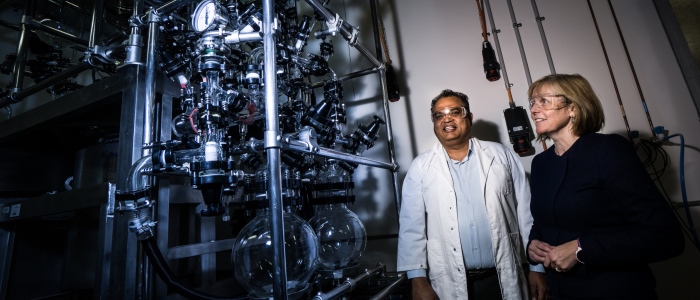News
3D printing bone tissue
Jun 28 2022
A new bioinks facility was unveiled at the ARC Centre of Excellence for Electromaterials Science (ACES) and Australian National Fabrication Facility (Materials Node) based at the University of Wollongong’s Innovation Campus.

This facility will take the ground breaking research being completed at ACES one step closer to industry with enhanced materials processing coupled with 3D printing and functional fibre capabilities.
“The new reactor and fibre spinning facilities provided by ANFF will make it easier for ACES to perform the very best science by supporting their incredible research and strengthening the essential links between science, engineering and manufacturing,” said ANFF CEO Rosie Hicks.
The new facilities will enable 50 litre reactions to produce kilograms of materials needed to formulate bioinks for 3D printing use in structures for islet cell transplantation, cartilage regeneration and wound healing projects.
The facilities will provide the ability to fabricate structures for use in wearable and implantable technologies for biomedical applications, including wearable energy and implants for tissue regeneration.
“These new facilities will enable fundamental discoveries in biomaterials science to be applied in biological and clinical environments as quickly as possible,” said Professor Gordon Wallace, Director of ACES and ANFF(M).
The enhanced fibre spinning capabilities will utilise some of the most recent advances in materials science, such as graphene, to produce up to 100 metres per minute of fibres using electrospinning, melt and wet spinning, weaving, knitting and braiding technologies.
The new facilities were opened by Dr Rosie Hicks, CEO of ANFF, and Professor Gordon Wallace, Director of ACES and ANFF(M).













